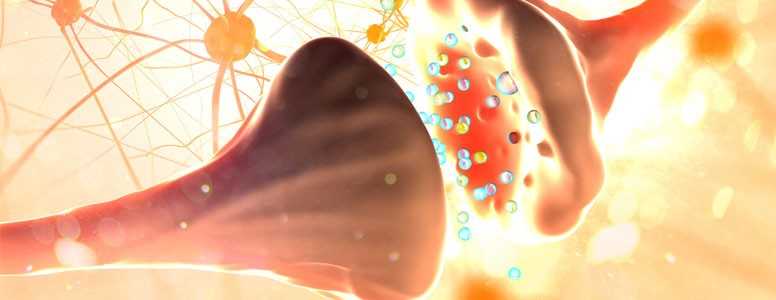A new study has found a method that could help nerves to heal and alleviate nerve pain in diabetic peripheral neuropathy.
Symptoms like pain, tingling and numbness are indicative of peripheral neuropathy. In people with diabetes, high blood sugar can cause further damage to peripheral nerves, notably in the feet, hands and lower leg.
The findings could lead to new treatments that are much needed for managing the condition. To date, prescription medications, such as pain relievers, anti-seizure medications or antidepressants, are able to ease the pain in neuropathy but cannot address the damage.
The group of scientists behind this new study may have found a way to bridge the gap and provide more relief to people suffering from peripheral nerve pain.
One contributing factor to diabetic neuropathies is the limited capacity of peripheral nerves to regenerate. Researchers at the University of California San Diego School of Medicine have looked at how they could restore it in mice with type 1 diabetes and type 2 diabetes.
Their research, published in the Journal of Clinical Investigatio, suggests that previous studies have overlooked a major facet of nerve growth regeneration. These have focused mainly on anomalies in the mitochondria of nerve cells.
The Californian researchers believe that defects to neuron signalling pathways involved in sensory neuron growth are components just as important as mitochondrial dysfunction in the course of diabetic peripheral neuropathies.
They looked at a particular neurotransmitter, called acetylcholine, whose signalling pathway activation had always been considered beneficial – so much so that common treatments for nerve repair in neuropathy consist of stimulating acetylcholine production.
Yet, here they found that the growth or regrowth of sensory neurons seemed to be impaired by the activation of certain acetylcholine receptors. Mice that were lacking these acetylcholine receptors displayed better sensory neuron growth.
This resulted in some of the animals – administered drugs designed to shut down these receptors – reversing signs of diabetic peripheral neuropathy. The treated mice lost their feeling of numbness and regained sensitivity to stimulatio, which demonstrated healing.
Until similar results are found in humans, risks of peripheral neuropathies can be reduced in people with diabetes through tighter blood glucose control, eating a balanced diet, exercising regularly to increase blood flow to the arms and legs, and abstaining from excessive alcohol consumption.
What's new on the forum? ⭐️
Get our free newsletters
Stay up to date with the latest news, research and breakthroughs.








